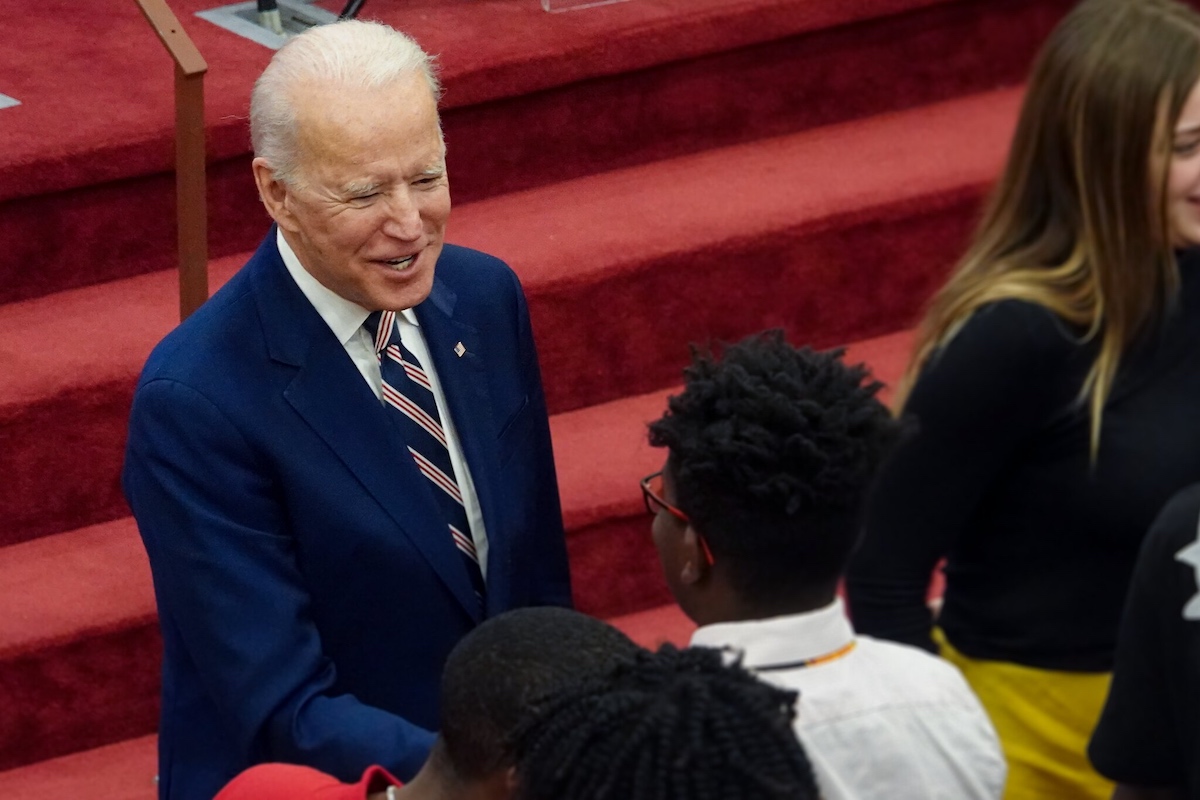Government has long been seen as slow and bureaucratic — so much so, in fact, many commercial tech companies wouldn’t dream of trying to contract with it. And long-held attitudes within government would maintain that it needs specialized solutions that could be built only by those already within the system.
But those attitudes are beginning to change, says one policy pro who’s worked with both.
Nate Ashton is managing director with Dcode, a D.C.-based accelerator that exists to bridge the gap: Its programming prepares tech companies to work with the federal government — teaching entrepreneurs how to find contract opportunities and how to price their services, for instance — while also training government leaders on better partnering with the private sector. The org transitioned to all-virtual programming at the start of the pandemic in March, and in December, ditched its traditional cohort model in favor of rolling admissions.
Dcode doesn’t say it works with govtech companies — that is, companies that build technology specifically for government use. Rather, it’s more about applying existing commercial innovation to the government sector for mutual benefit. That focus reflects a growing trend within both the government and tech worlds, Ashton said.
“From a trends perspective, we’re starting to see a bit of convergence, in a sense that these two words have [previously] very much operated totally separately,” he told Technical.ly. More recently, “we’ve seen a real recognition that they aren’t that different, and that there are many government problems that can be solved by commercial tech. And then you’ve got increased interest in the kind of companies that can straddle the two.”

Nate Ashton. (Photo via LinkedIn)
Nowadays, more companies are looking to government as a potential customer. Consider Palantir, the Peter Thiel-cofounded big data analytics company that went public this fall: It sees half of its addressable market as government, Ashton said, but is also trying to grow in commercial markets. And the U.S. Air Force’s AFWERX program exists entirely to grow innovation within the service and engage private commercial companies.
The shift can be attributed to a growing recognition on the government side that the U.S. is hurting — and falling behind its competitors — because of the gap.
“If you look at the percentage of R&D funding that the U.S. government has put into the market on a year-by-year basis, it’s gone down dramatically over the past 30 years,” said Ashton, who previously worked within the Obama White House, where he oversaw personnel appointments at agencies such as the Departments of Defense and Homeland Security. “We’re just investing much less than other countries and much less than we used to in propping up innovation and supporting small businesses, startups, etc., from the government perspective.
“So, there’s a pretty broad recognition on the policy and leadership side that that needs to change,” he said. “We see some of it coming from the defense community in particular, where you hear a lot of talk these days about competition with China, and how do we keep up when they are investing heavily at a state level in artificial intelligence, cybersecurity, etc. at levels that we’re just not matching.”
Congress’ bipartisan Endless Frontier Act would inject $100 billion over 10 years into science and tech R&D. And with the transition to Joe Biden’s administration, Ashton predicts more change, thought not immediately. When he spoke to Technical.ly in December, Cabinet picks were still being announced, meaning the hiring of lower-level staff who will direct relevant programs is still in process, as well.
“But as those people and priorities roll out over the next six months, that’ll be pretty informative in terms of big pushes for investment,” he said. “Certainly at the highest level, Joe Biden as talked a lot about China as a near-peer adversary, so expect to see a lot of continued [discussion of] how do we compete with them on a very technological level.”

This editorial article is a part of What's Next for the Economy? Month of Technical.ly's editorial calendar.
Before you go...
Please consider supporting Technical.ly to keep our independent journalism strong. Unlike most business-focused media outlets, we don’t have a paywall. Instead, we count on your personal and organizational support.
Join our growing Slack community
Join 5,000 tech professionals and entrepreneurs in our community Slack today!

The person charged in the UnitedHealthcare CEO shooting had a ton of tech connections

From rejection to innovation: How I built a tool to beat AI hiring algorithms at their own game

Where are the country’s most vibrant tech and startup communities?


